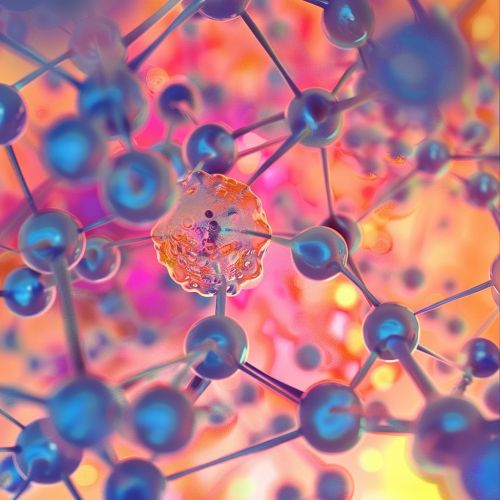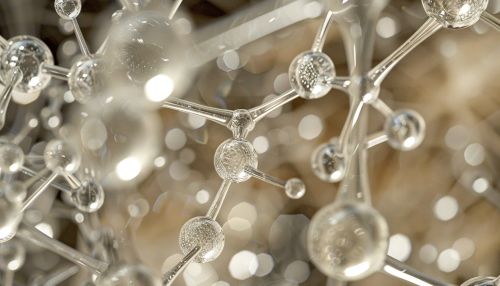Carbon-14
Introduction
Carbon-14 (isotope of carbon), also known as radiocarbon, is a naturally occurring isotope that is used in dating archaeological and geological samples. It is a radioactive isotope with a half-life of about 5,730 years. Carbon-14 is one of three carbon isotopes, with the other two being carbon-12 and carbon-13. Carbon-14 is produced in the atmosphere through the interaction of neutrons with nitrogen-14.


Production and Decay
Carbon-14 is produced in the atmosphere through the interaction of neutrons, which are produced by cosmic rays, with nitrogen-14. This interaction results in the production of carbon-14 and a proton. The carbon-14 produced in this reaction is quickly oxidized to carbon dioxide and incorporated into the carbon cycle.
Carbon-14 undergoes beta decay, with a half-life of about 5,730 years, to produce nitrogen-14. The decay of carbon-14 is a random process, with each atom having the same probability of decaying at any time. The rate of decay is proportional to the number of carbon-14 atoms present.
Uses
The primary use of carbon-14 is in radiocarbon dating. This method is used to determine the age of archaeological and geological samples that are up to about 50,000 years old. The principle behind radiocarbon dating is that living organisms continually take in carbon from the atmosphere through the process of photosynthesis or through the food chain. When an organism dies, it stops taking in carbon, and the carbon-14 present in the organism begins to decay. By measuring the amount of carbon-14 left in a sample, the time since the death of the organism can be estimated.
Carbon-14 is also used in the study of atmospheric chemistry and in the tracing of carbon compounds in biochemical processes.
Radiocarbon Dating
Radiocarbon dating is a method that uses the decay of carbon-14 to date archaeological and geological samples. The method was developed in the late 1940s by Willard F. Libby, who received the Nobel Prize in Chemistry in 1960 for his work.
In radiocarbon dating, the amount of carbon-14 in a sample is measured and compared to the expected amount of carbon-14 in a similar contemporary sample. The difference in the amount of carbon-14 is used to estimate the time that has elapsed since the death of the organism.
Radiocarbon dating is a complex process that requires careful calibration and correction for factors such as the varying production rate of carbon-14 in the atmosphere and the varying uptake of carbon by organisms.
Limitations and Corrections
While radiocarbon dating is a powerful tool, it has its limitations. One of the main limitations is that it can only be used to date samples that are up to about 50,000 years old. This is because the amount of carbon-14 in a sample decreases with time, and after about 50,000 years, there is not enough carbon-14 left to measure accurately.
Another limitation is that the amount of carbon-14 in the atmosphere has varied over time. This means that the production rate of carbon-14 is not constant, which can lead to errors in the estimated age of a sample.
To correct for these and other factors, a calibration curve is used. This curve is based on the measurement of carbon-14 in samples of known age, such as tree rings and ocean sediments.
